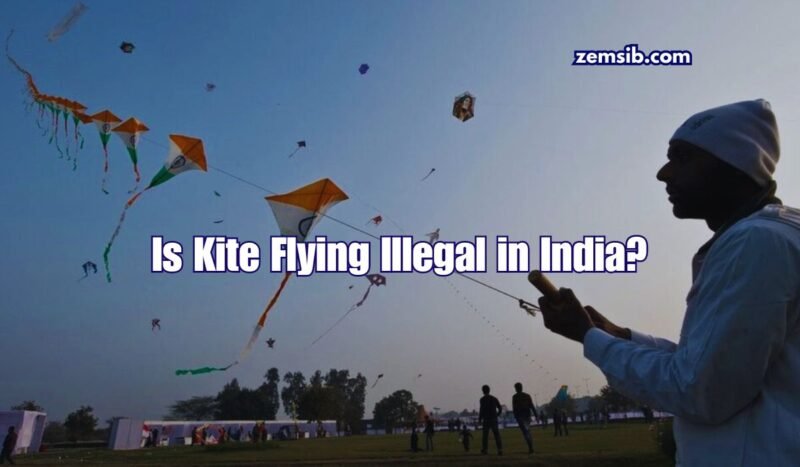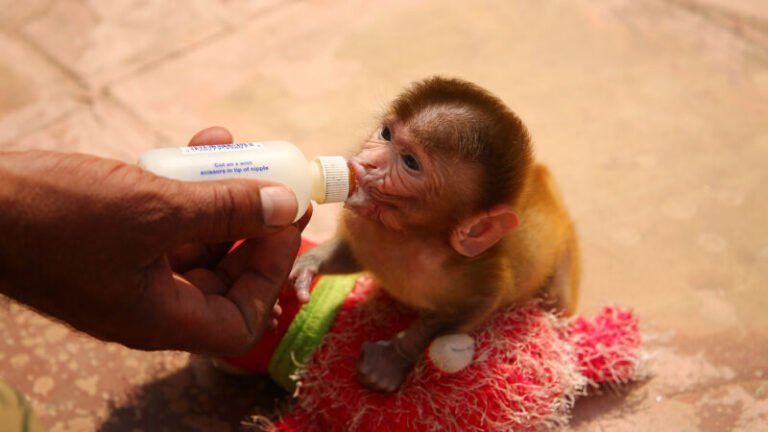Is flying a kite illegal in India? According to the law, the answer is yes. However, kite flying in India is much more than just a hobby—it is a cherished cultural tradition. During festive occasions like Makar Sankranti and Independence Day, the sky is often filled with colorful kites. This age-old tradition is deeply embedded in our culture and represents freedom and joy. It creates a vibrant cultural connection among people of all ages and backgrounds.
What Laws Govern Kite Flying in India?
The regulation of kite flying in India is primarily linked to the Aircraft Act of 1934. This law was originally designed to regulate aircraft and ensure the safety of the skies. Interestingly, the Act considers kites as a type of aircraft, which technically means that a permit would be required to fly a kite. Despite this, the law is rarely enforced in this context. Instead, its primary focus is on maintaining safety rather than preventing people from enjoying their cultural practices.
In 2008, the Aircraft Act was amended to introduce stricter penalties for unsafe flying practices. These amendments could impact kite flying if it is deemed dangerous. Legal experts suggest that while kites are classified as aircraft under the law, the intention is not to prohibit kite flying but to ensure it is done safely. This is particularly relevant during festivals and cultural events where kite flying is a popular activity.
Court Rulings on Kite Flying
The Delhi High Court has clarified some aspects of kite flying regulations. The court has affirmed that kite flying is an important cultural activity and should not be banned entirely. It acknowledged the significance of preserving traditions while also ensuring public safety. Instead of an outright ban, the court recommended regulating the use of dangerous kite strings to prevent accidents.
Safety remains a major concern, especially regarding the type of string used for kites. Some strings are extremely sharp and pose risks of injury or even death. In response to these concerns, the government has banned the use of a particularly hazardous type of string known as Chinese manjha. Authorities are actively monitoring the sale and use of kite strings to prevent accidents and ensure that kite flying remains a safe and enjoyable activity for everyone.
Conclusion
So, is flying a kite illegal in India? While the legal framework does technically classify kites as aircraft, the primary goal of the law is to ensure safety rather than to prevent the cultural practice of kite flying. Kite flying is an integral part of Indian festivals and cultural expressions, and efforts are being made to address safety concerns without undermining this cherished tradition.













